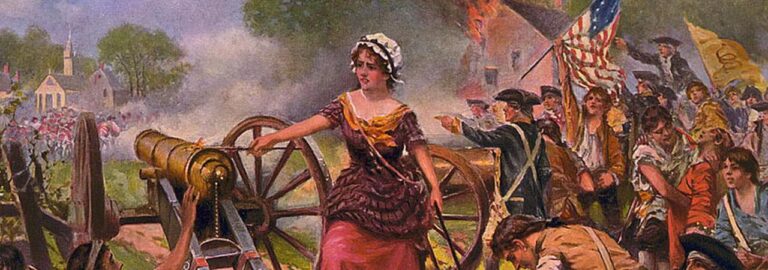Genealogy Pointers

June 17, 2024
Heroines of America’s War for Independence Identified in: Women Patriots in the American Revolution. Stories of Bravery, Daring, and Compassion – By Jack Darrell Crowder
Read more

June 17, 2024
Locating Your Roots. Discover Your Ancestors USING LAND RECORDS, By Patricia Law Hatcher
Read more

June 10, 2024
Table of Contents from THE COMPLETE GUIDE TO FAMILY TREEDNA: Y-DNA, Mitochondrial, Autosomal and X-DNA
Read more

April 29, 2024
‘Generation by Generation’ Helps Genealogists Focus on Objectives and Stay Organized
Read more








